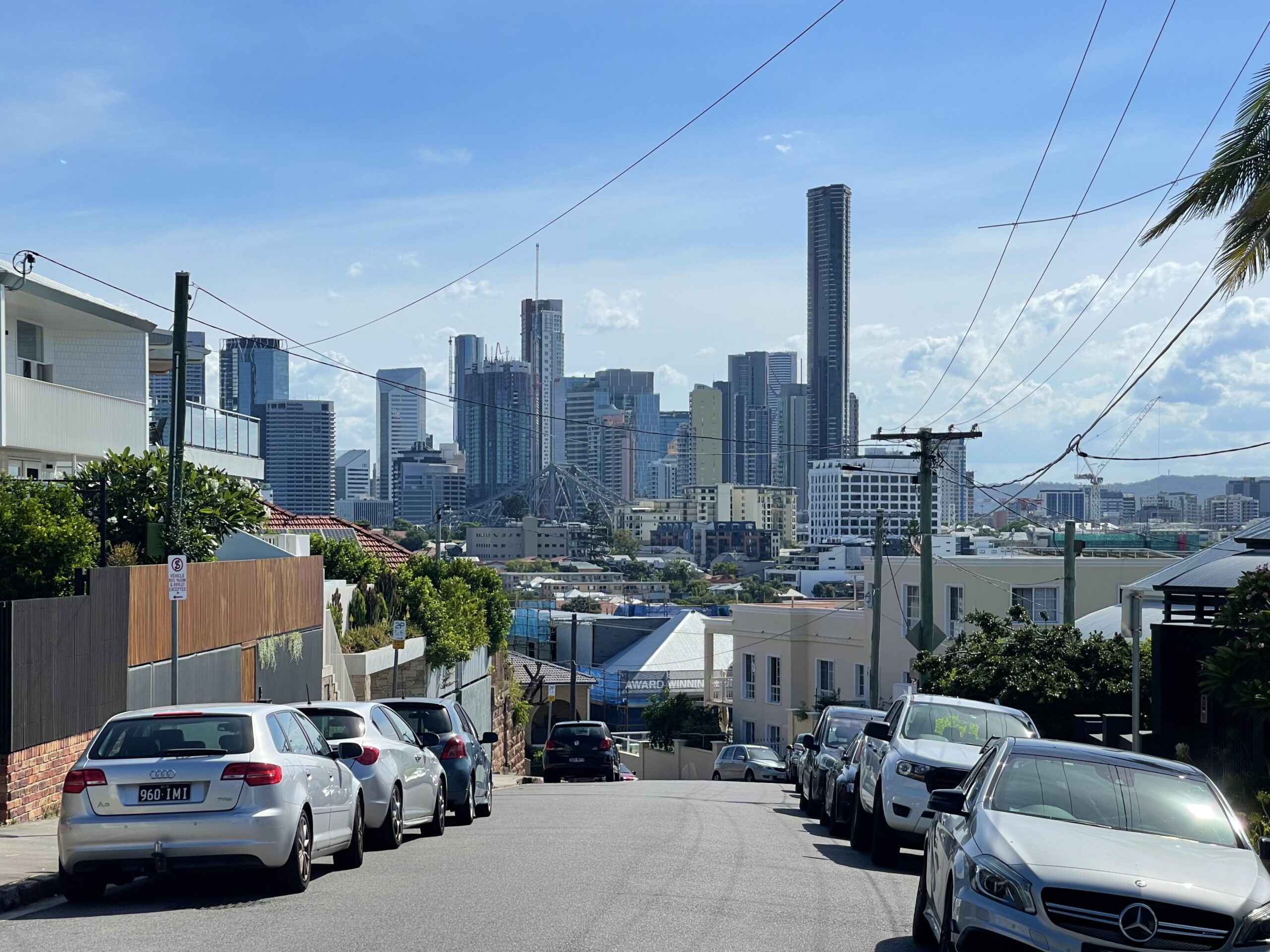Teneriffe
Tenerife, the largest and most visited of the Canary Islands, is a popular destination for travelers seeking a blend of beautiful beaches, dramatic landscapes, and rich culture. Located off the coast of northwestern Africa, Tenerife offers a diverse range of experiences—from the sunny, sandy beaches of the south to the volcanic landscapes of Teide National Park. The island is also known for its unique flora, fauna, and mild year-round climate, making it a year-round destination.
Tenerife’s capital, Santa Cruz de Tenerife, is a lively city full of shops, restaurants, and cultural attractions, while the island’s southern coast, particularly around Playa de las Américas, is a hub for resorts, nightlife, and beach activities. Whether you’re hiking to the peak of Mount Teide, relaxing on golden or black sand beaches, or exploring charming villages, Tenerife has something for every kind of traveler.
Things to see and do in Teneriffe
– Hike to the summit of Mount Teide, Spain’s highest peak, and take in the stunning views
– Relax on the golden sand beaches of Costa Adeje or the black sand beaches of Los Gigantes
– Explore Teide National Park, a UNESCO World Heritage site with volcanic landscapes
– Visit the historic town of La Laguna, a UNESCO World Heritage site full of colonial architecture
– Discover the lush, subtropical forests of Anaga Rural Park
– Enjoy water sports like surfing, windsurfing, and scuba diving along the island’s coast
– Take a boat tour to see dolphins and whales in the waters surrounding the island
– Visit the vibrant capital, Santa Cruz de Tenerife, with its museums, markets, and lively atmosphere



Typical costs when traveling
Accommodation – Budget accommodations such as hostels and guesthouses can be found for $25–$50 USD per night. Mid-range hotels and resorts, especially in tourist areas like Playa de las Américas and Costa Adeje, range from $70–$150 USD per night. Luxury resorts and boutique hotels can cost $200–$500+ USD per night, particularly near the coast or in exclusive areas like the south of the island.
Food – Tenerife offers a variety of affordable and delicious food options. Local dishes like papas arrugadas (wrinkled potatoes with mojo sauce) and gofio (roasted flour-based dish) can be found for $3–$7 USD in casual eateries. A full meal at a mid-range restaurant costs around $12–$25 USD per person, while dining at upscale restaurants can range from $30–$60 USD per person. Fresh seafood is also a highlight on the island.
Transportation – Public transportation on the island is affordable. Bus tickets for short journeys within cities or to nearby areas cost $1–$3 USD. Taxis start at around $3–$5 USD for short rides, while longer trips may cost $10–$20 USD depending on the distance. Renting a car is a popular option for exploring Tenerife at your own pace, with prices starting at $20–$40 USD per day. If you’re planning to visit Mount Teide or other natural areas, renting a car is highly recommended for convenience.
Do’s and dont’s
Do:
– Explore the island’s diverse landscapes, including its beaches, mountains, and national parks.
– Try local dishes like papas arrugadas (potatoes with mojo sauce) and fresh seafood—they’re staples in Tenerife’s cuisine.
– Visit the picturesque town of La Laguna, which is rich in history and colonial architecture.
– Make sure to visit Mount Teide National Park, a UNESCO World Heritage site with incredible volcanic scenery.
– Book your Teide cable car tickets in advance, especially during peak travel seasons, to avoid long wait times.
Don’t:
– Don’t forget sunscreen—Tenerife’s sun can be intense, even during the cooler months.
– Don’t miss the opportunity to visit Tenerife’s rural areas for a quieter, more authentic experience away from the main tourist resorts.
– Don’t rely entirely on public transport if you want to explore the island’s natural landscapes—renting a car is the best way to get around.
– Don’t expect a quiet atmosphere in tourist-heavy areas like Playa de las Américas—this is where the nightlife is most vibrant.
– Don’t touch or climb the volcanic rock formations at Mount Teide—preservation of the landscape is important for environmental reasons.





Leave a Reply